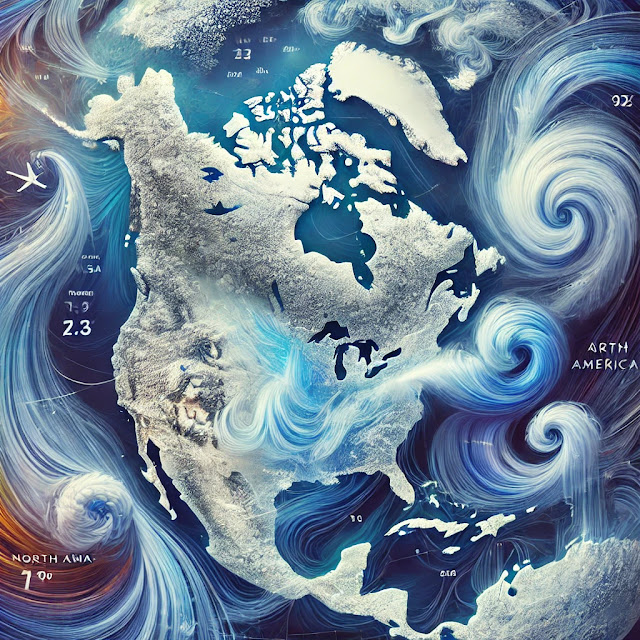The weirdness of water
For the last fifteen years, kind of since high school, I have been studying water and I have a secret to tell you: water is weird. It's weird, but it's also fundamental for our lives, and fortunately, 70% of the planet is covered with water. But unfortunately , just 1% is clean water, that is very little.
Today, one in six people has lack of fresh water. In the year 2050, it will be one in two people with lack of fresh water. So, the world need fresh water.
Now, I am going to tell you that how we can use weirdness of water to get more fresh water. So, you see, water is very important. Let us compare water with another material: with silicon. Silicon is also abundant on the planet, 28% of the earth's crust is composed of silicon.
Silicon also has a number of unique properties. The fact that silicon has unique properties and that we have learned how to use these unique properties of silicon allows us today to have cell phones, computers, flat screens and all these instruments that govern our daily lives.
Silicon has just half a dozen anomalies and water has 70 anomalies. So, it's our duty to find ways to use these anomalies behaviors of water to have more clean water. So, how are we going to do that? Before answering these question let me introduce to you two anomalies of water. Density
Most liquids contracts under cooling. Water does the contrary, If you cool water it will expand and that's why ice floats on the water, because ice occupies more volume, it is less dense, and it floats on the liquid surface. But much more interesting than ice floating into liquid water is the fact that zero temperature water floats in four temperature water.
When you have winter in the north hemisphere, you have ice followed by zero temperature water, and far at the bottom of the river or lake, you have warm four centigrade water.
Diffusion
This is the second anomaly of water, it is related to mobility. Water, when it's more compact, its molecules move faster. I know that when we have more cars into traffic, the car moves slower. When I have more people in the shopping center, people moves slower. But in water, when you have more water molecules, they move faster.
So, let us now understand why this happens. So, water is composed of one oxygen and two hydrogen. Inside the water molecule, the interaction is covalent interaction. But between the molecules you have second interaction, the hydrogen bond interaction. Covalent bond is very close, is very strong and very tight. Hydrogen bond is further apart and is twenty times weaker. So that's why molecules actually move around when they have more particles.
How can we have fresh water in future?
The answer is by using the above anomaly of water. When water molecules are closer they move faster. So in nanotubes water moves faster it is as such that water loves nanotubes, but salt doesn't. Salt leaves behind in nanotubes and salty water that cannot be used for drinking come out as fresh water.
In this way we can fresh water from sea water. We can much more technologies in future by which we can obtain fresh water. But we still should save water as much as we can because until 2050 one person out of every two person in the world will lack of fresh water. It could be anyone either you or me so let's save water.
If you are science lover and I have something extra for you. This is a book called " THE SCIENCE BOOK". I already had read it, I would tell you that it is amazing if you want to buy this book at discounted price click shop now below.




Comments
Post a Comment